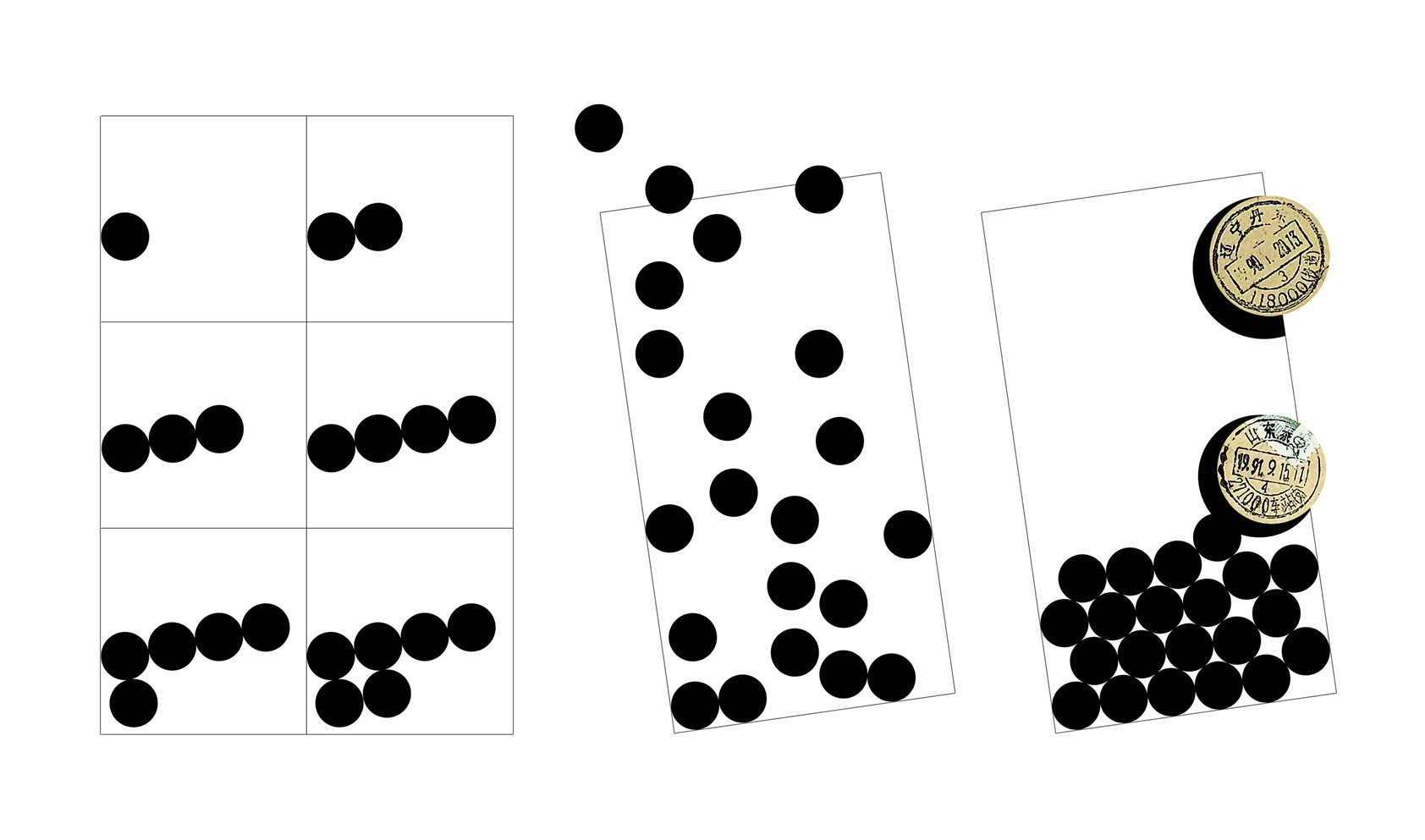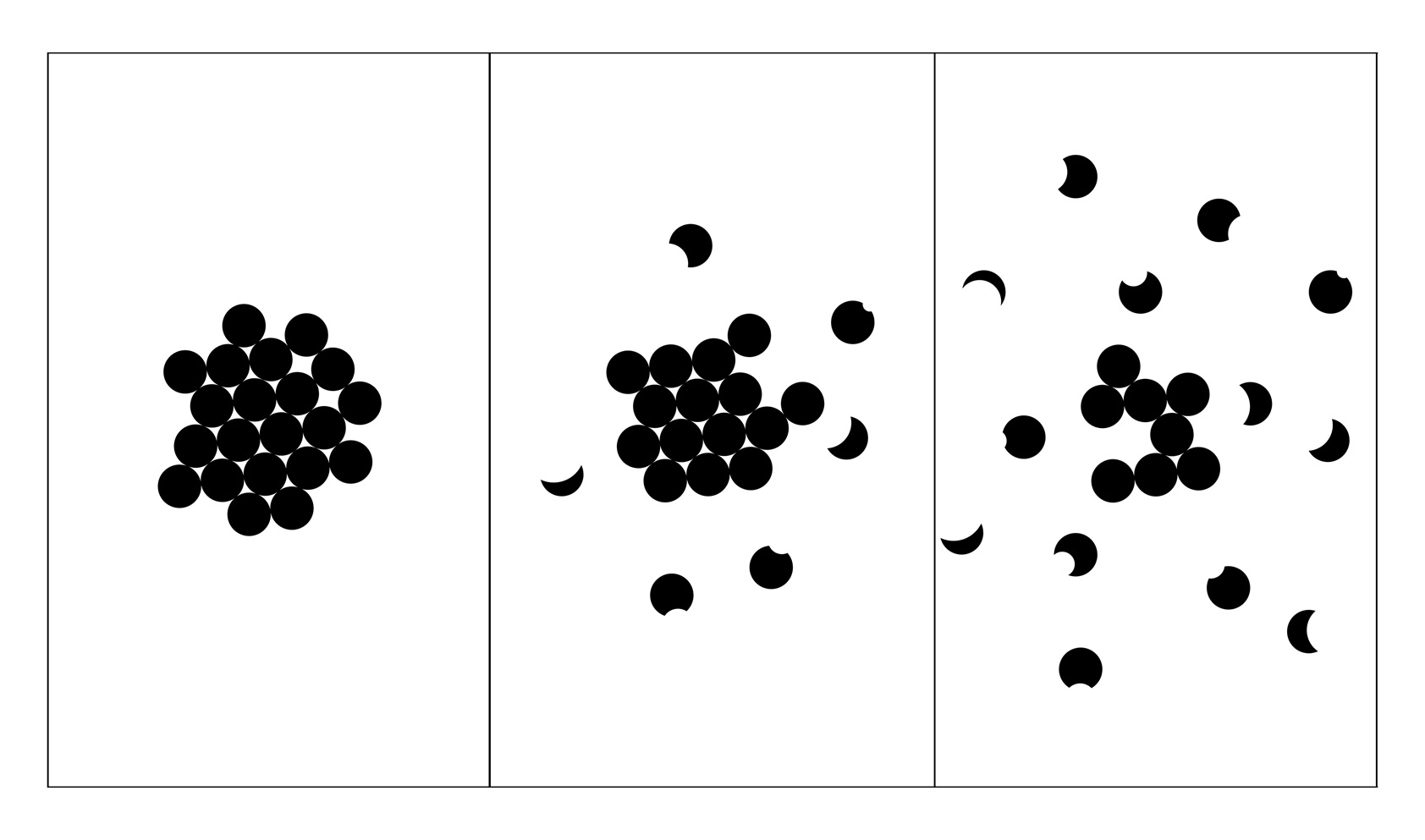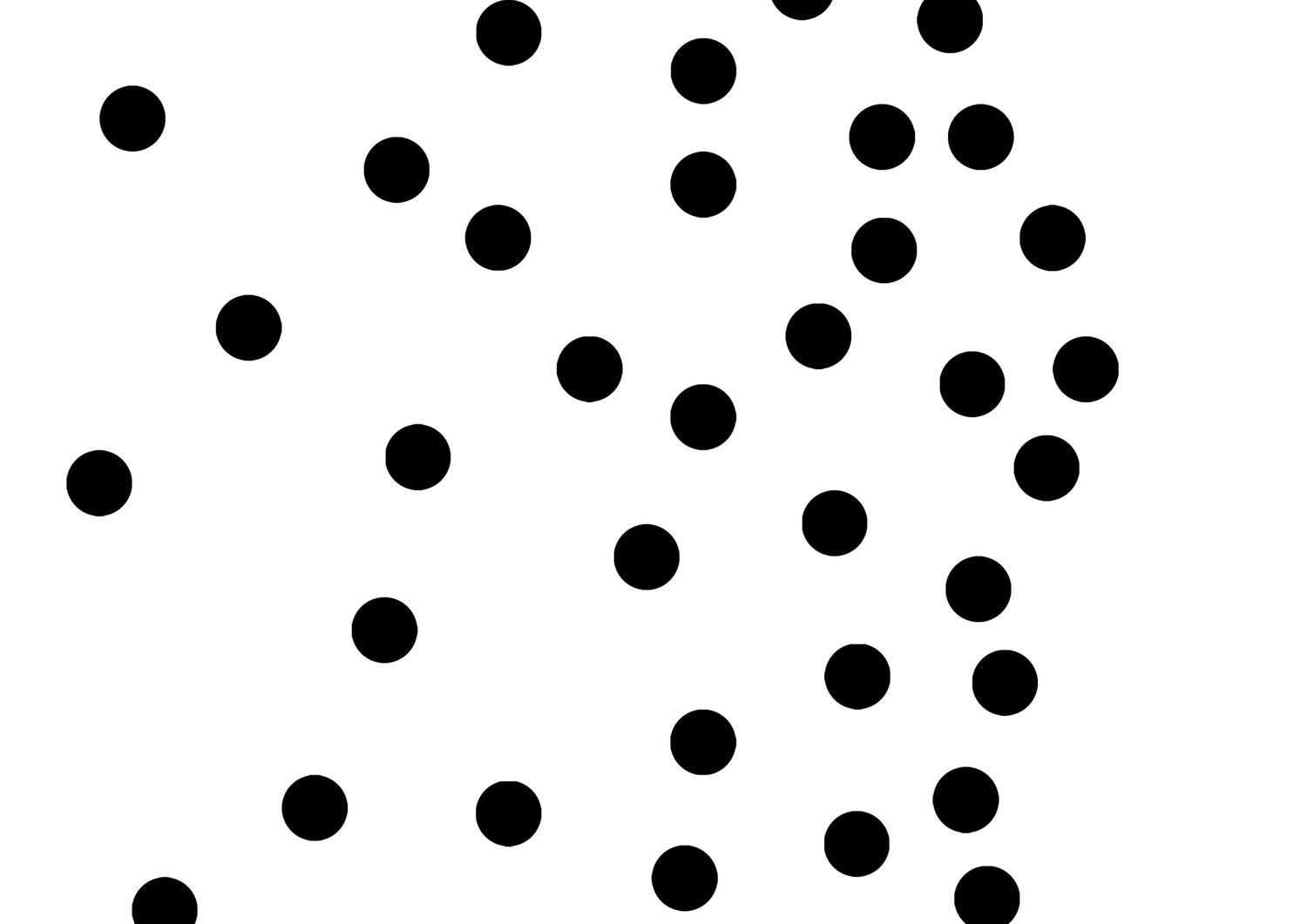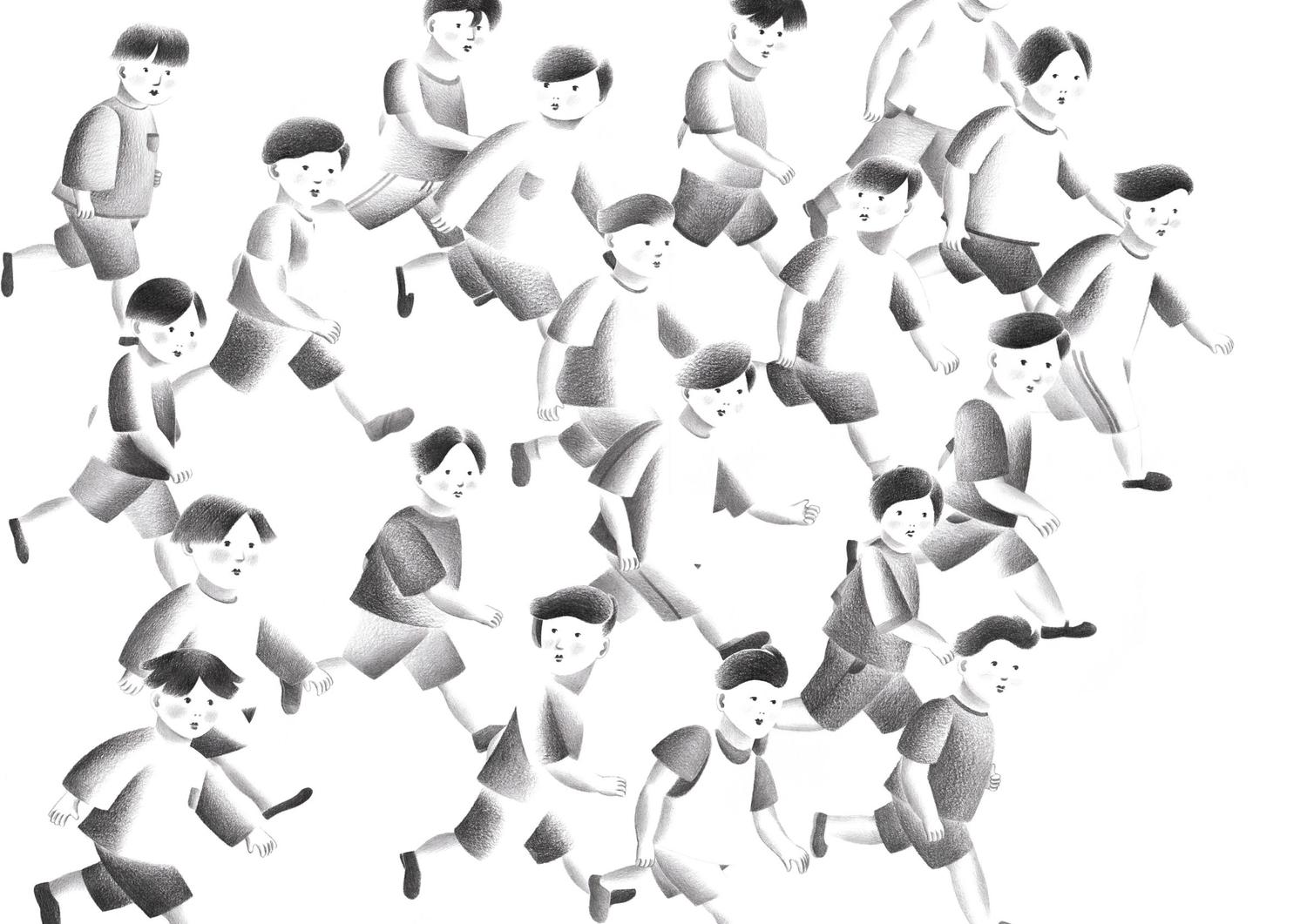The Matrix - Shape and Ideology
A human is an essential container for holding stories. Humans record stories and leave traces behind. Generations obtain information from everything around them, records, ruins etc... We have memories and knowledge by reading papers, catching signals, and hearing from others. My research was inspired by three letters written in 1990 and 1991 from my dad to mum, and conducted through interviews and local research.
As the writer, sender, receiver and reader, my parents played different roles in the letter's circumstances and kept the conformity between their roles and status. Role is also a significant part in the community. Not only do humans play roles but also local institutions. While researching, I found that local archives, especially online archives, are not as thorough and satisfying as an archive should be. Many gaps in knowledge make the connections between local information itself, the government's decisions, and the perspectives of residents more obvious. Do all participants really play their roles appropriately?
This visual communicative project combines a letter story and a social background story with shapes and ideologies. With similarities and comparisons, it will critically show how local knowledge existed and still exists and how social roles play in the culture.
As the writer, sender, receiver and reader, my parents played different roles in the letter's circumstances and kept the conformity between their roles and status. Role is also a significant part in the community. Not only do humans play roles but also local institutions. While researching, I found that local archives, especially online archives, are not as thorough and satisfying as an archive should be. Many gaps in knowledge make the connections between local information itself, the government's decisions, and the perspectives of residents more obvious. Do all participants really play their roles appropriately?
This visual communicative project combines a letter story and a social background story with shapes and ideologies. With similarities and comparisons, it will critically show how local knowledge existed and still exists and how social roles play in the culture.



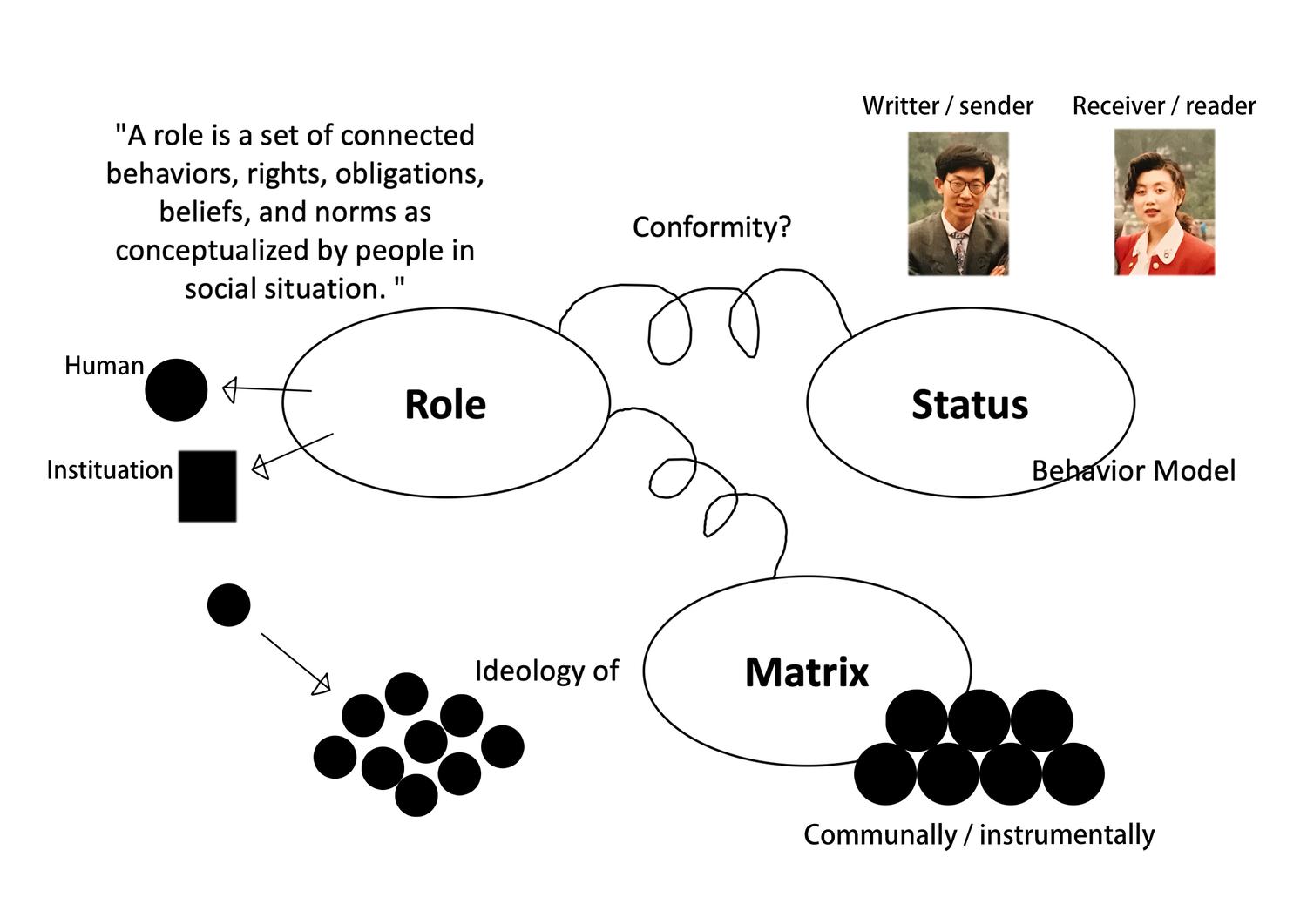
Images above: research and visual essay
